Community Education and Fire Prevention
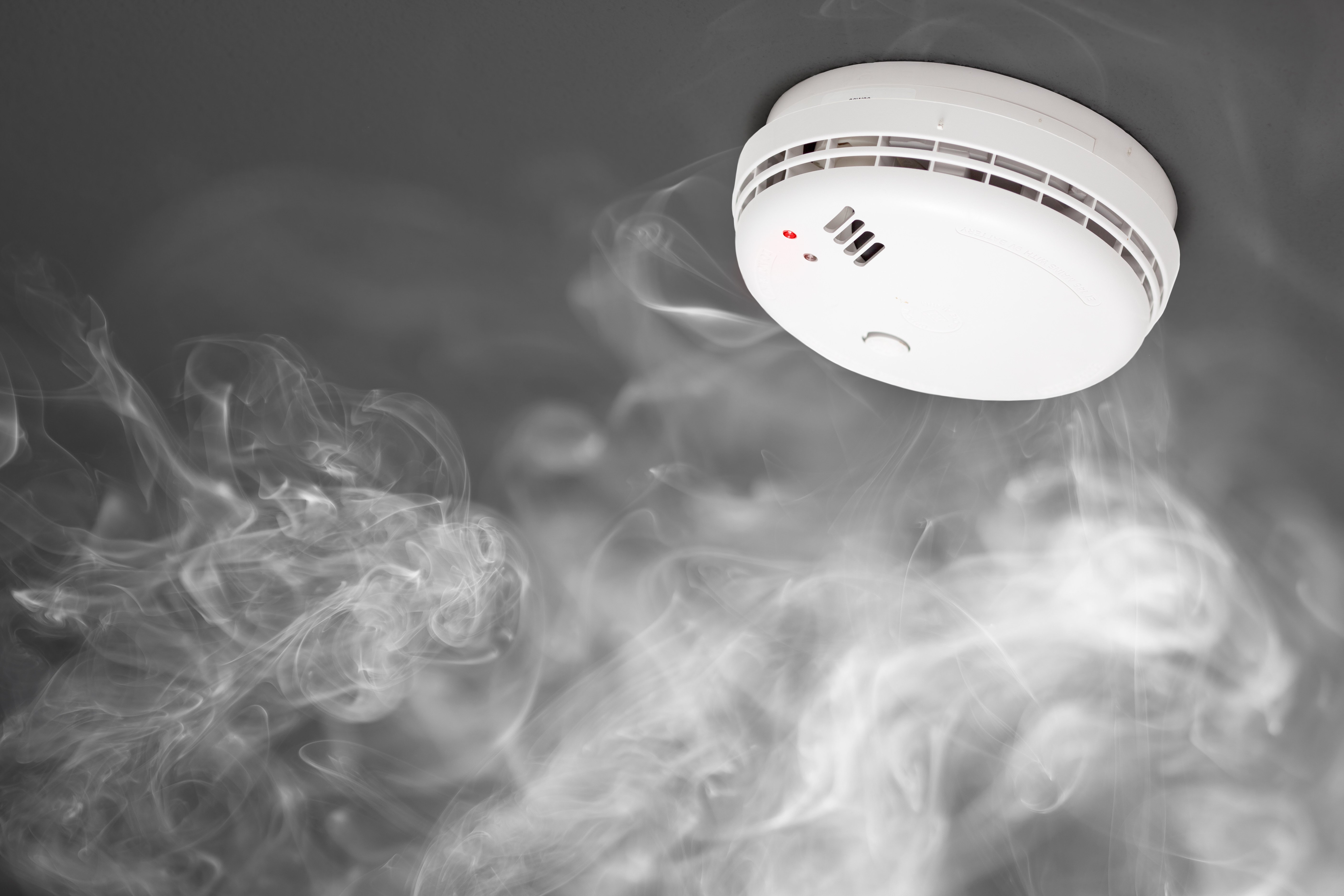
Fire Safety at Home
Fire safety begins with you. Protect what you value most.
Learn about smoke alarms, CO alarms, home escape planning, and fire extinguisher safety to keep you and your family safe.
Visit our Fire Safety at Home page
Book a Fire Safety Presentation
To book a public education fire and life safety presentation, complete the Community Education and Prevention Request Form.
Fire Risks and Safety Hazards
There are many potential fire and safety hazards within your own home that you may not be aware of. Learn how you can keep your loved ones safe from everyday dangers.
Visit the Community Risk Assessment page to learn about the leading causes of fire in your neighbourhood.
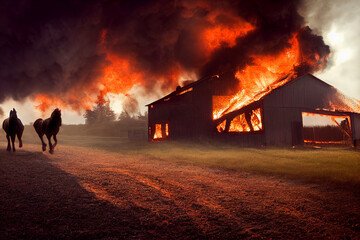
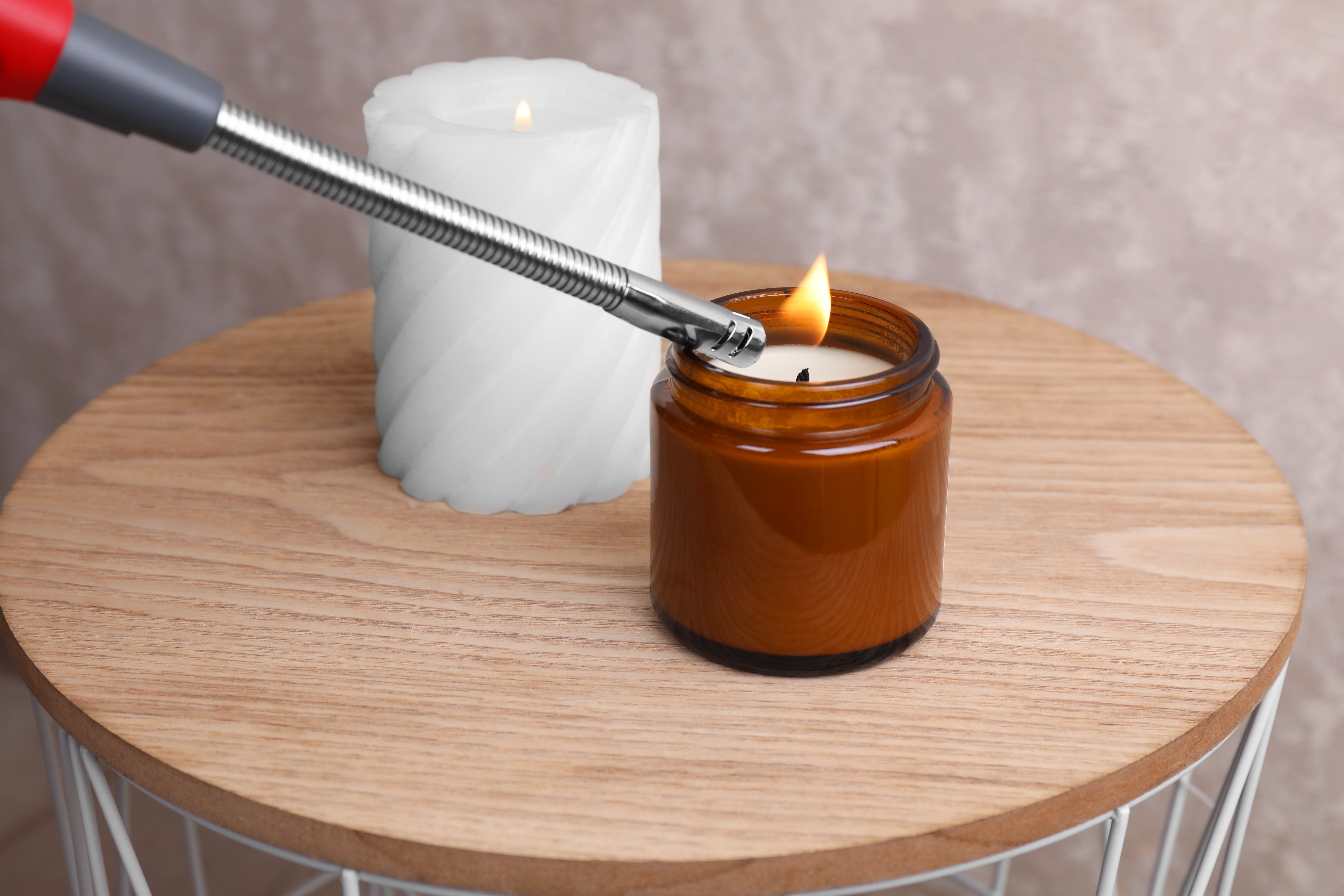
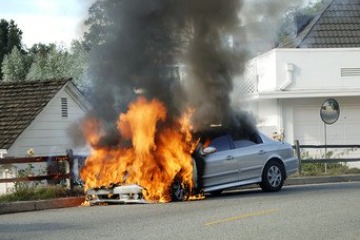
Vehicles can catch fire for many reasons. If you see or smell smoke, get out immediately and call 9-1-1.
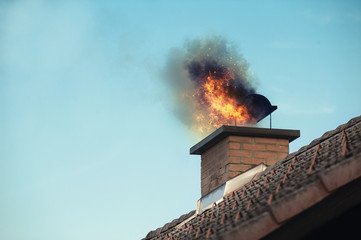
Chimney fires are common during the winter months and often result from improper care and maintenance.

Fire moves fast and a closed door can be a barrier against smoke, flames, and carbon monoxide.
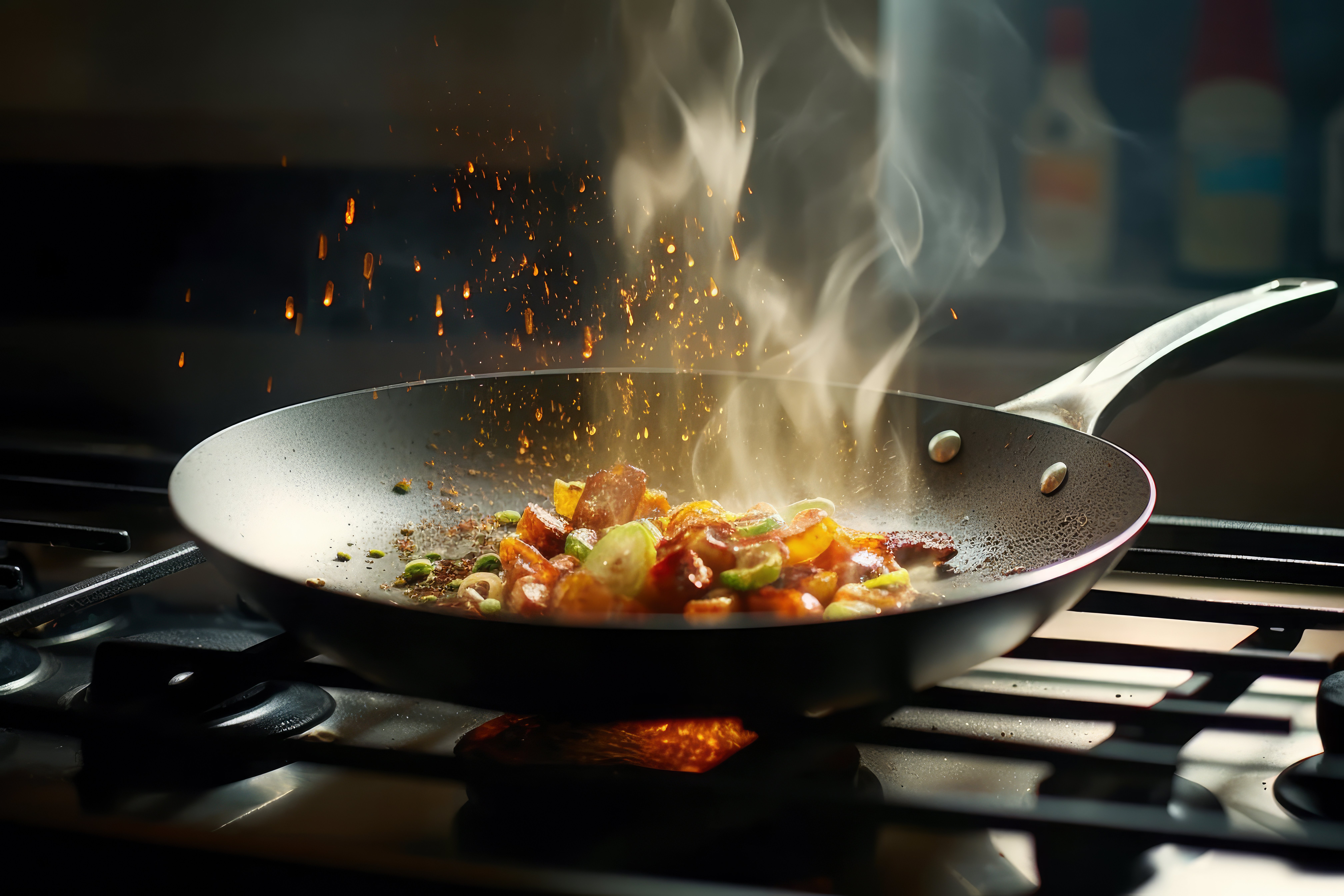
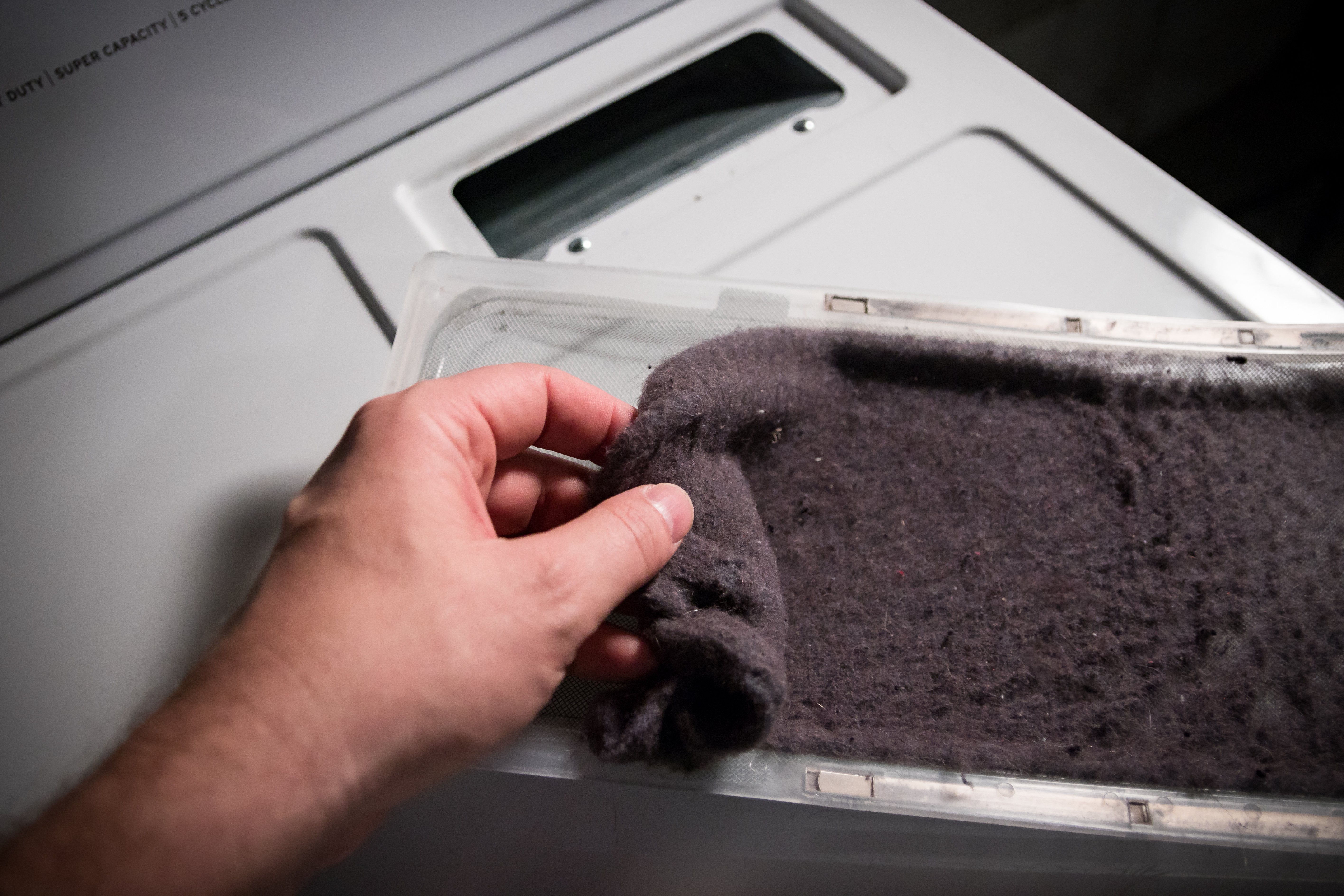
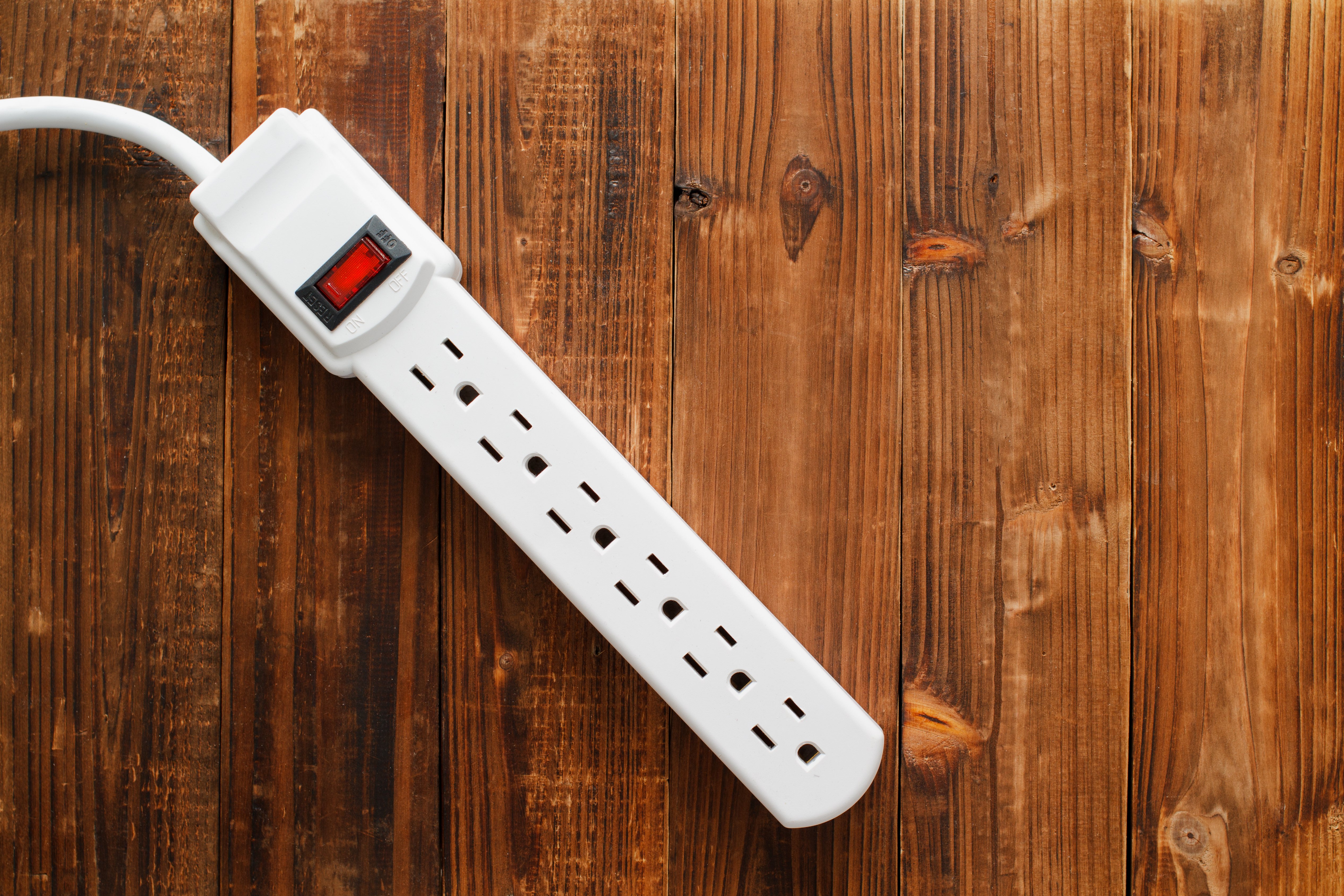
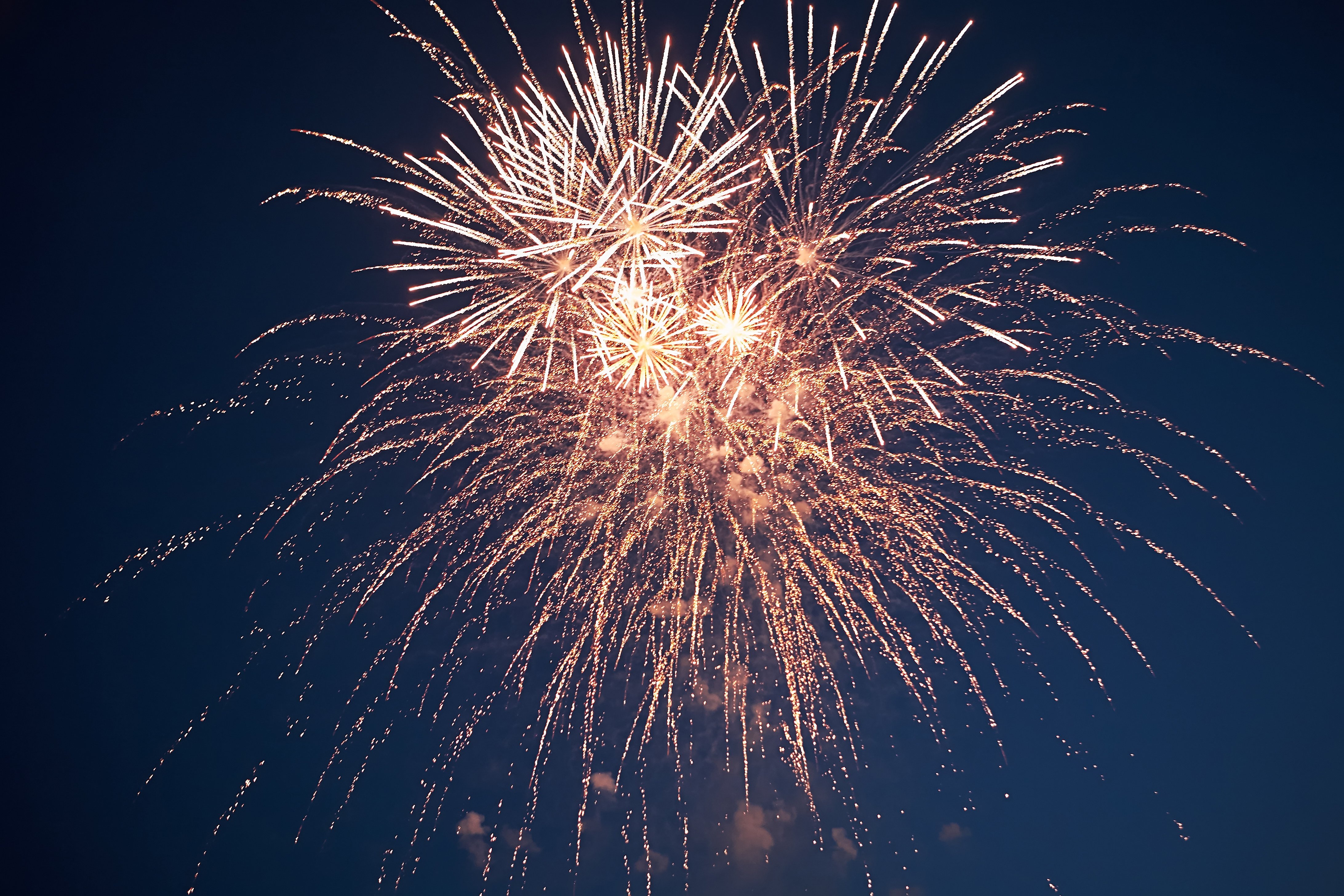
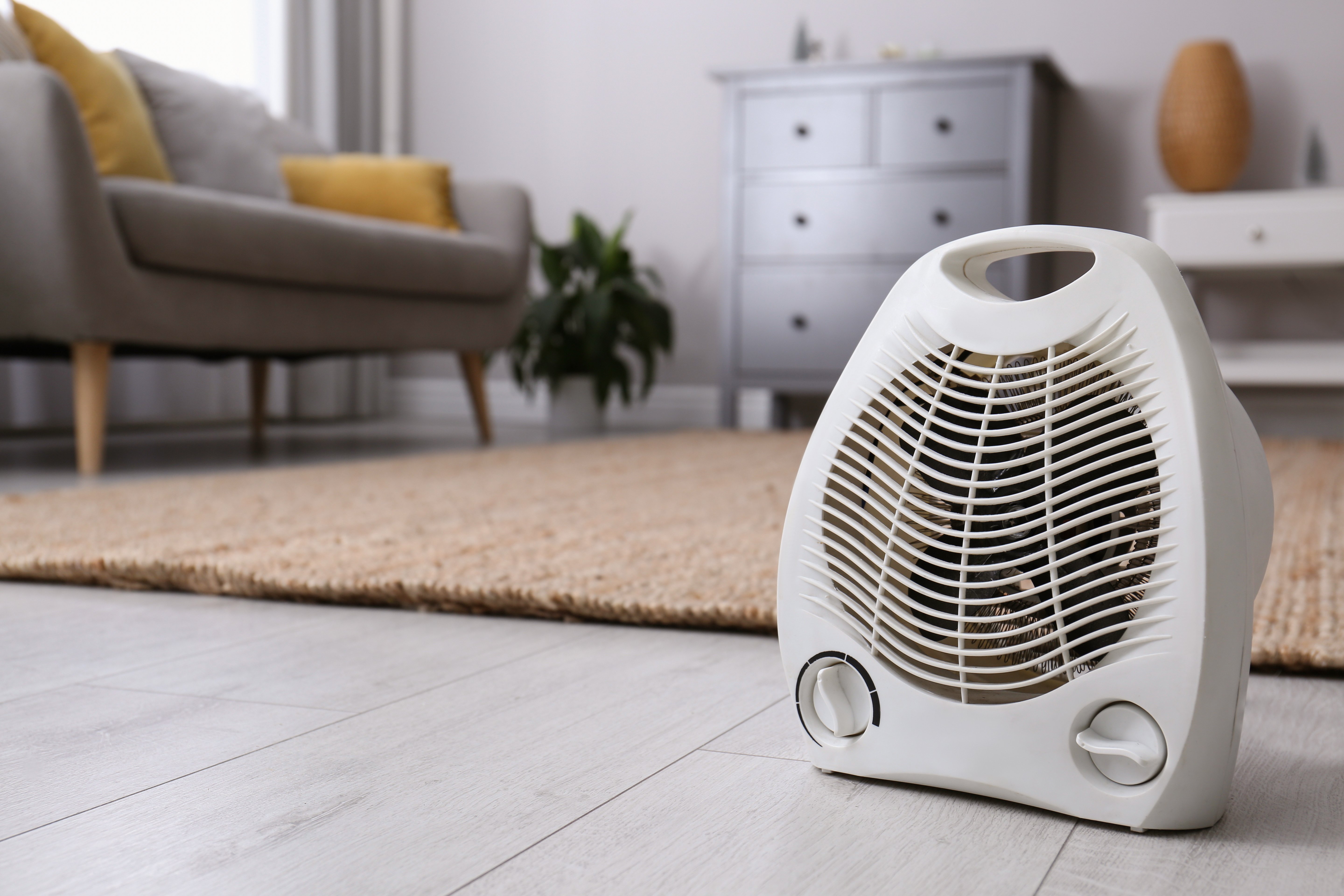
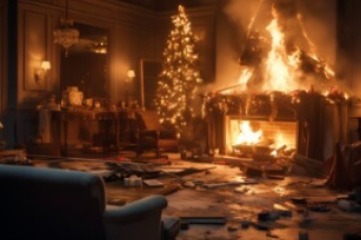
Holidays can be hectic, trying to get everything ready. A simple careless mistake could put a damper on your festivities.
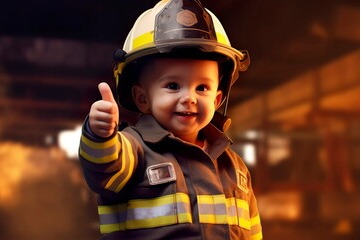
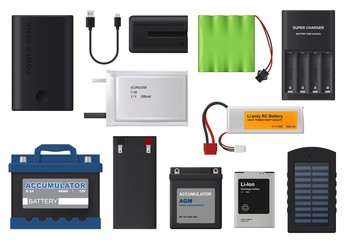
Lithium-ion batteries can be found in many of our everyday devices. These devices can become extremely dangerous.
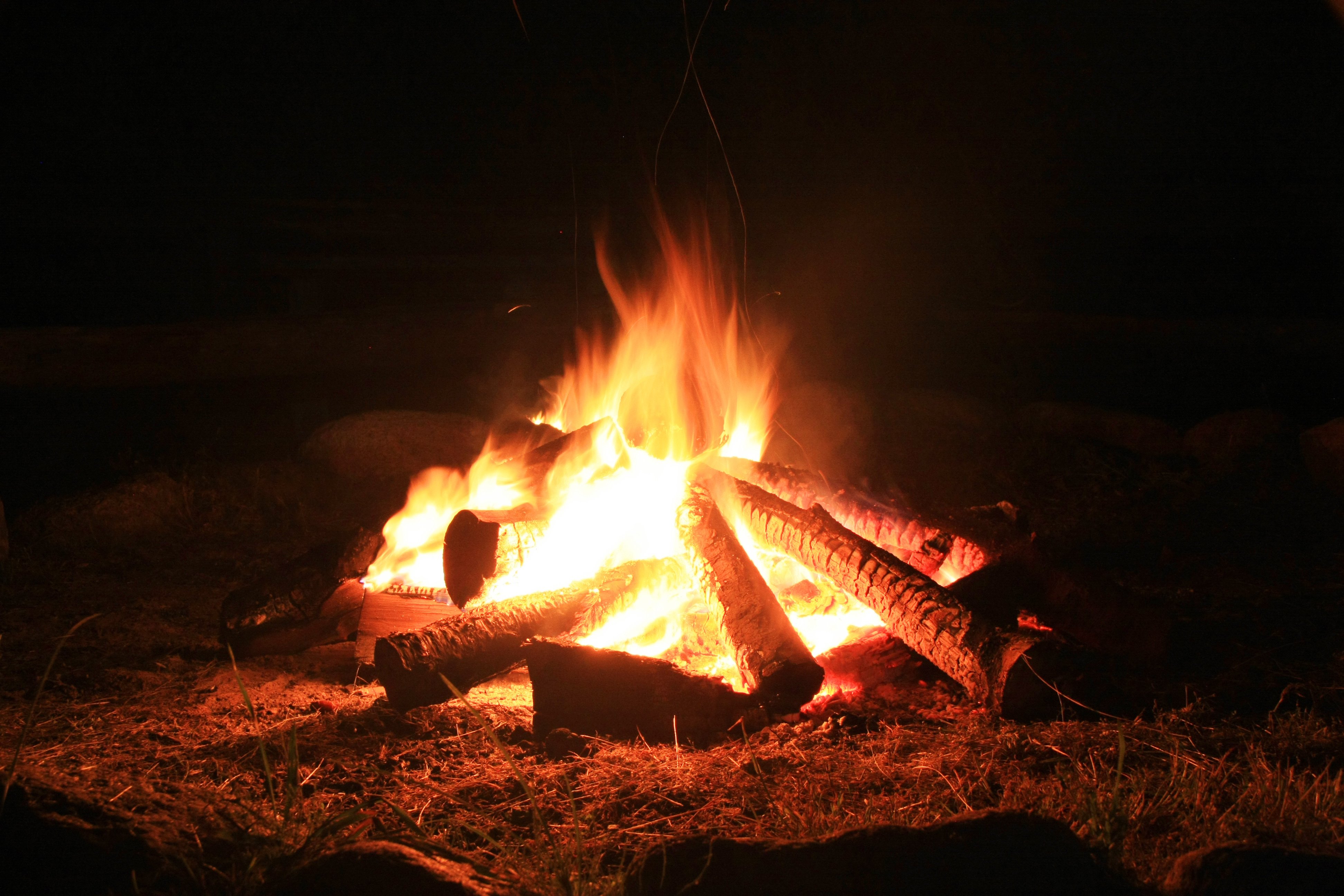
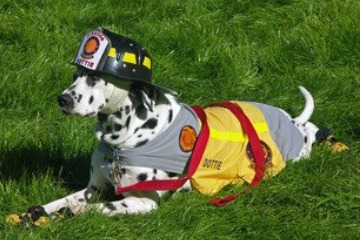
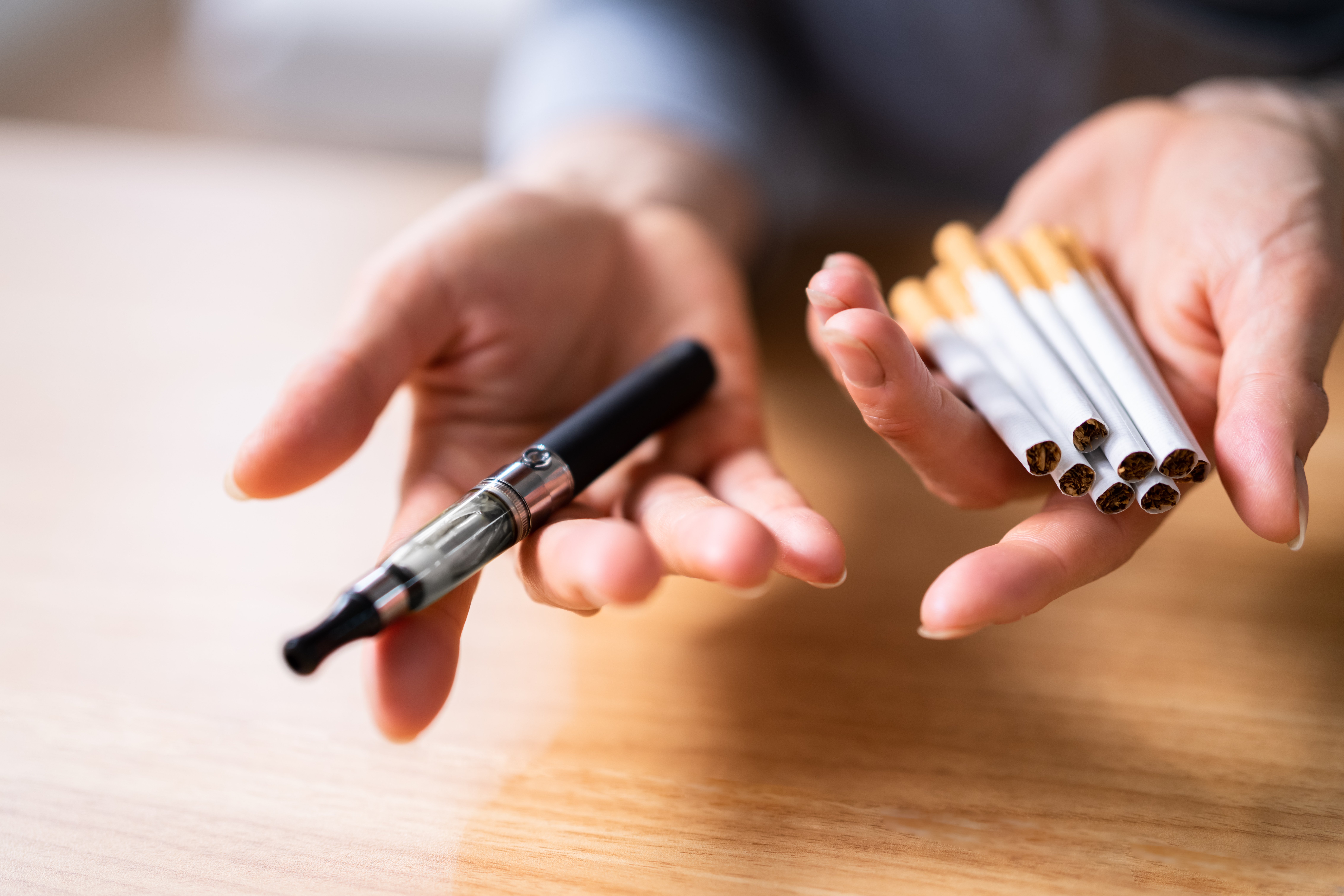
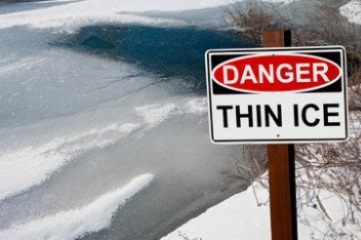
No ice is safe ice! Ice conditions can change in an instant. Know the dangers of ice and winter water.
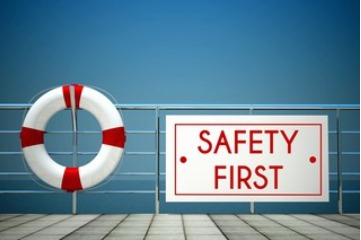
Contact Us
Our Customer Service Team is here to help!

